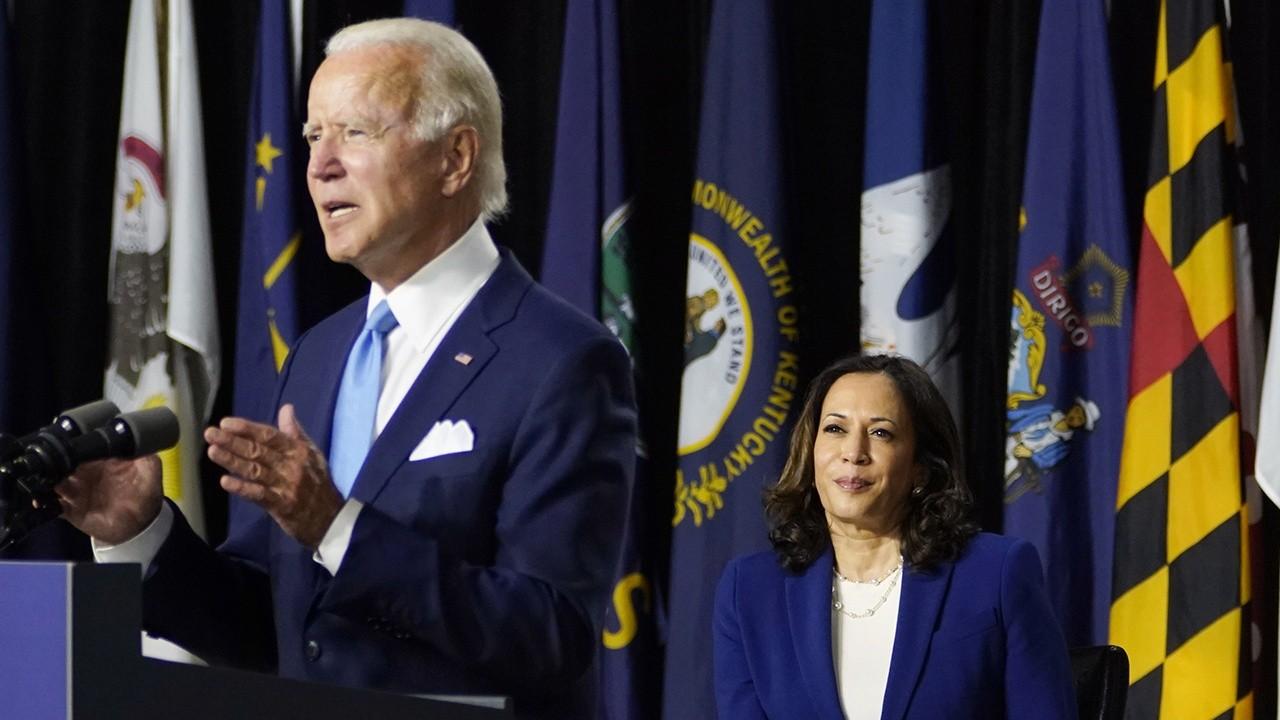Trump pledges to cut capital gains tax in second term
Taxes on long-term capital gains range from 0% to 20%, depending on the person's income
President Trump pledged on Thursday to cut capital gains tax as a way to help the U.S. economy recover from the coronavirus-induced recession if he's elected to a second term in November.
WASHINGTON IMPASSE ON CORONAVIRUS RELIEF THREATENS US ECONOMY
“I’m going to do a capital gains tax cut to 15% in the second term," he told FOX Business' Maria Bartiromo on Thursday. "We’re going to get it down to 15%. It’s at 21%. We’ll get that down to 15%. I’ll get that done easily.”
Taxes on long-term capital gains -- generally classified as an asset that's held for more than one year -- range from 0% to 20%, depending on a person's income. Wealthier investors are subject to an additional 3.8% tax on long- and short-term capital gains. Short-term capital gains on assets sold within a year are typically taxed as ordinary income.
Trump cannot use executive authority to slash the 20% long-term capital gains rate without Congress; however, he could try to bypass Congress and lower the tax by indexing gains to inflation.
NEARLY HALF OF US JOBS LOST TO CORONAVIRUS COULD BE GONE PERMANENTLY, POLL FINDS
A capital gain is the profit from the sale of stock or real estate; indexing capital gains would lower tax bills for investors who are selling by adjusting the original purchase price of the item in line with inflation, essentially making a portion of gains exempt from taxation.
For instance, if an individual purchased an asset for $100 in 2000 and sold that item 18 years later for $200, the nominal capital gain would be $100, according to the Tax Foundation. But inflation over that same time period would have increased the price level by 49%. Under an indexing proposal, the original selling price would increase to $149 — meaning the individual would only pay a tax on $51, instead of the full $100.
But indexing capital gains taxes would do very little to actually spur economic growth, according to the Tax Foundation. In fact, only the top 1% of taxpayers would see their after-tax income increase -- an increase of 0.83%.
MCCONNELL OPENS DOOR TO EXTENDING $600 UNEMPLOYMENT BOOST
In 2019, Trump considered indexing capital gains to inflation, but ultimately backed away from the proposal, telling reporters that it's "perceived as somewhat elitist" and "better support for upper-income groups."
A separate study by the Penn Wharton Budget Model found that the top 1% of households would receive 86% of the benefit. The policy could reduce tax revenue by $102 billion over the next decade.
Trump, facing a deadlocked Congress, has recently acted unilaterally on additional virus relief, signing four executive actions on Saturday that include an order to postpone the collection of payroll taxes through the end of the year. The maximum benefit that Americans could see during that four-month period is about $2,149.
Trump has pledged to pursue a permanent cut to the payroll taxes, but without legislation, those payments will still be required by the delayed due date.




















